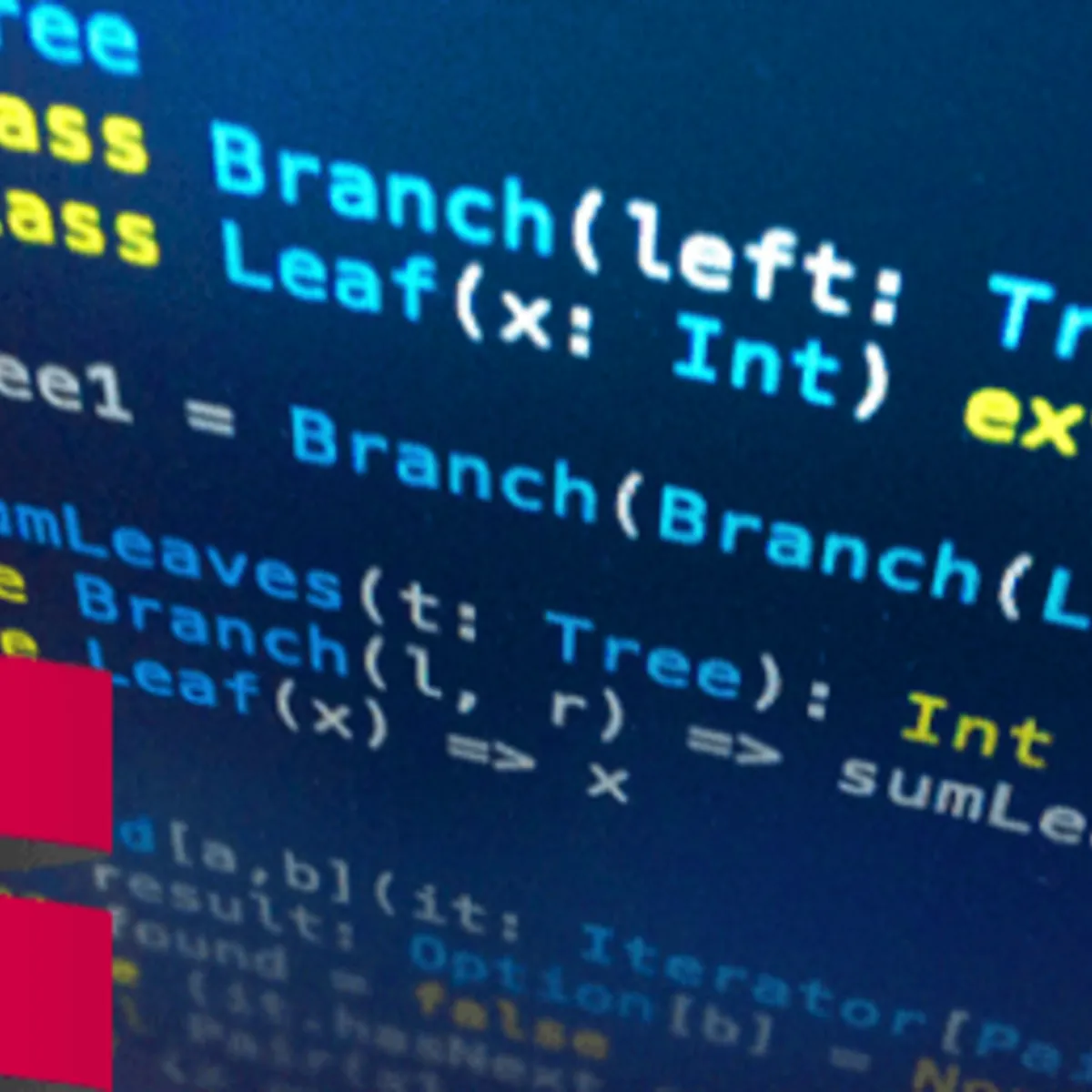
Introduction to Python for Finance 
Python is a powerful programming language that is widely used in finance. This article provides an introduction to the basics of Python, including how to name variables and different data types. It also introduces Python lists and how to use them to work with data. Additionally, the NumPy package is introduced, which can be used to efficiently manipulate arrays. Finally, Matplotlib, a package for creating line plots, scatter plots, and histograms, is introduced. With this knowledge, you can begin to explore the world of finance with Python. ▼
ADVERTISEMENT
Course Feature
![]() Cost:
Cost:
Free Trial
![]() Provider:
Provider:
Datacamp
![]() Certificate:
Certificate:
No Information
![]() Language:
Language:
English
Course Overview
❗The content presented here is sourced directly from Datacamp platform. For comprehensive course details, including enrollment information, simply click on the 'Go to class' link on our website.
Updated in [June 30th, 2023]
This course provides an introduction to Python for Finance. Participants will learn the basics of Python, including how to name variables and different data types in Python. They will also learn about Python lists and how to use them to work with data. Additionally, the course will introduce the NumPy package and how it can be used to efficiently manipulate arrays. Finally, the Matplotlib package, which is used for creating line plots, scatter plots, and histograms, will be introduced.
[Applications]
The application of this course can be seen in the field of finance. After completing this course, students will be able to use Python to create financial models, analyze financial data, and visualize financial data. They will also be able to use NumPy to efficiently manipulate arrays and Matplotlib to create line plots, scatter plots, and histograms. This course will also provide students with the skills to develop their own financial applications using Python.
[Career Path]
The career path recommended to learners of this course is a Financial Data Analyst. Financial Data Analysts are responsible for analyzing financial data and providing insights to help inform business decisions. They use a variety of tools, such as Python, to analyze large datasets and identify trends and patterns. They also use their knowledge of financial markets and economic trends to develop strategies and make recommendations.
The development trend for Financial Data Analysts is to become more specialized in their field. As the financial industry becomes more complex, Financial Data Analysts need to have a deeper understanding of the data they are analyzing and the implications of their findings. They must also be able to use more sophisticated tools, such as machine learning and artificial intelligence, to analyze data and make predictions. Additionally, Financial Data Analysts must be able to communicate their findings to stakeholders in a clear and concise manner.
[Education Path]
The recommended educational path for learners of this course is to pursue a degree in Financial Engineering. Financial Engineering is a multidisciplinary field that combines mathematics, economics, and computer science to develop models and algorithms for financial decision-making. This degree program typically includes courses in calculus, linear algebra, probability and statistics, financial markets and instruments, financial derivatives, and computer programming.
The development trend of Financial Engineering is to focus on the use of technology and data science to develop more sophisticated models and algorithms for financial decision-making. This includes the use of machine learning and artificial intelligence to develop predictive models and automated trading systems. Additionally, the use of big data and cloud computing is becoming increasingly important in the field of Financial Engineering, as it allows for the analysis of large datasets and the development of more complex models.
Course Syllabus
Welcome to Python
Lists
Arrays in Python
Visualization in Python
Course Provider

Provider Datacamp's Stats at AZClass
Discussion and Reviews
0.0 (Based on 0 reviews)
Explore Similar Online Courses

Advanced Machine Learning

Logotype Design: Create Brand Marks with Typography

RDBMS PostgreSQL

Intro To PostgreSQL Databases With PgAdmin For Beginners

PostgreSQL: Client Applications

Mastering SQL using Postgresql

Database Design and Basic SQL in PostgreSQL

PostgreSQL: Advanced Queries

Spatial SQL with Postgres : A language for geographers

Learn SQL Using PostgreSQL: From Zero to Hero

PostgreSQL Essential Training


Start your review of Introduction to Python for Finance